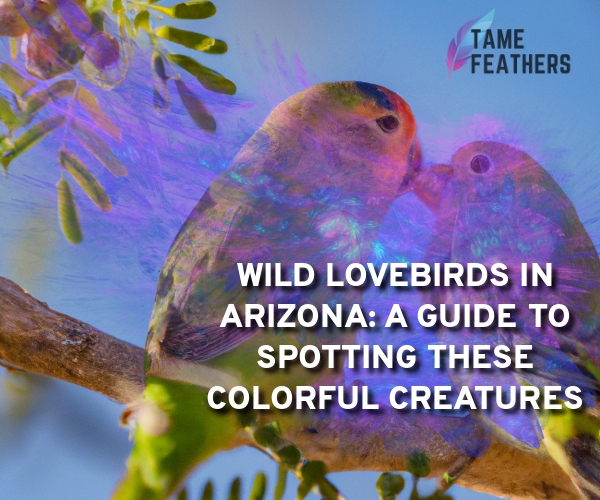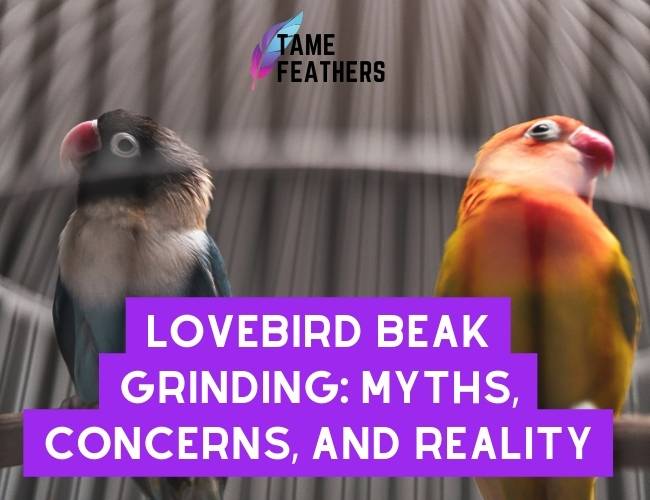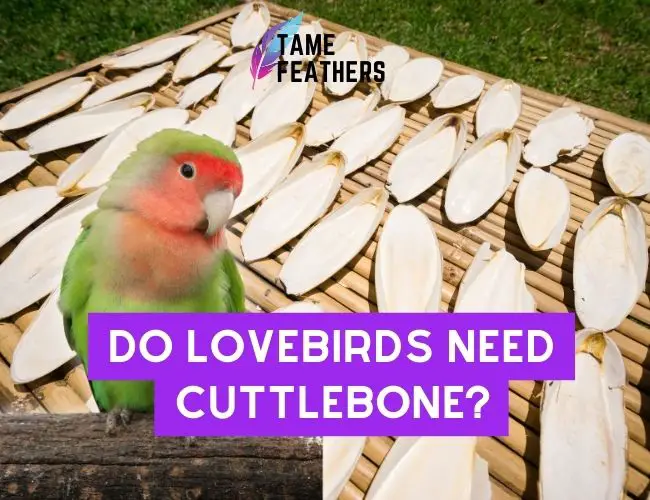Where Do Wild Lovebirds Live?
Wild lovebirds are native to Africa and Madagascar, but they can now also be found in Arizona.The species of wild lovebirds most commonly seen in the state is the peach-faced lovebird, which was introduced by pet dealers who released some of their birds into the wild.
They have since spread throughout southern Arizona and even as far north as Phoenix.
These beautiful little birds enjoy living in desert scrub brush, mesquite trees, and palm tree groves – all areas that can be found across Arizona’s diverse landscape.
What Does A Wild Lovebird Look Like?
Wild lovebirds are small parrots with vibrant colors that make them stand out from other local bird species.The most common type is the peach-faced or rosy-faced variety; these birds have bright green bodies with a hint of yellow on their wings, along with striking pinkish cheeks and orangey feathers on their forehead and chest area.
As for size, they measure about 7 inches long from head to tail tip when fully grown.
Some may appear slightly more yellow than others depending on their age or genetic makeup; juveniles typically display more muted colors until they reach adulthood at around one year old.
When And Where To Spot Wild Lovebirds In Arizona
You’ll have your best chance of spotting wild lovebirds during the mating season between late February through early April; this is when males will be actively trying to attract mates by displaying colorful plumage while perched atop branches or utility poles near water sources such as lakes or ponds (a trait shared among many other types of parrot).During this time you might also hear loud chirps emanating from these areas – if so then you’re likely in an area populated by wild lovebirds! Generally speaking though you should be able to find them wherever there is suitable habitat including urban parks & gardens as well as suburban neighborhoods & backyards – especially those close to natural habitats like rivers & streams where there’s plenty of food available for our feathered friends!
How To Attract Wild Love Birds To Your Garden
Attracting wild love birds to your garden requires providing a safe haven for them where they feel comfortable enough to stay put instead of flying off into oblivion elsewhere looking for food source or shelter elsewhere.You can start by planting native vegetation such as mesquite trees which provide both cover & nectar/pollen sources necessary for sustaining a healthy population of these fantastic creatures! Additionally it would benefit greatly if you set up bird baths filled with fresh water (ideally placed somewhere high enough so cats cannot get access) plus strategically place feeders filled with seed mixes specifically designed specially tailored towards different types of parrots – this goes extra mile when attracting not justlove birds but other avian wildlife too!.
Lastly don’t forget adding nesting boxes around your property too giving any potential visitors something cozy yet secure spot sleep overnight without fear being disturbed either animals predators alike whilst keeping vigilant eye out potential human intruders.
.





